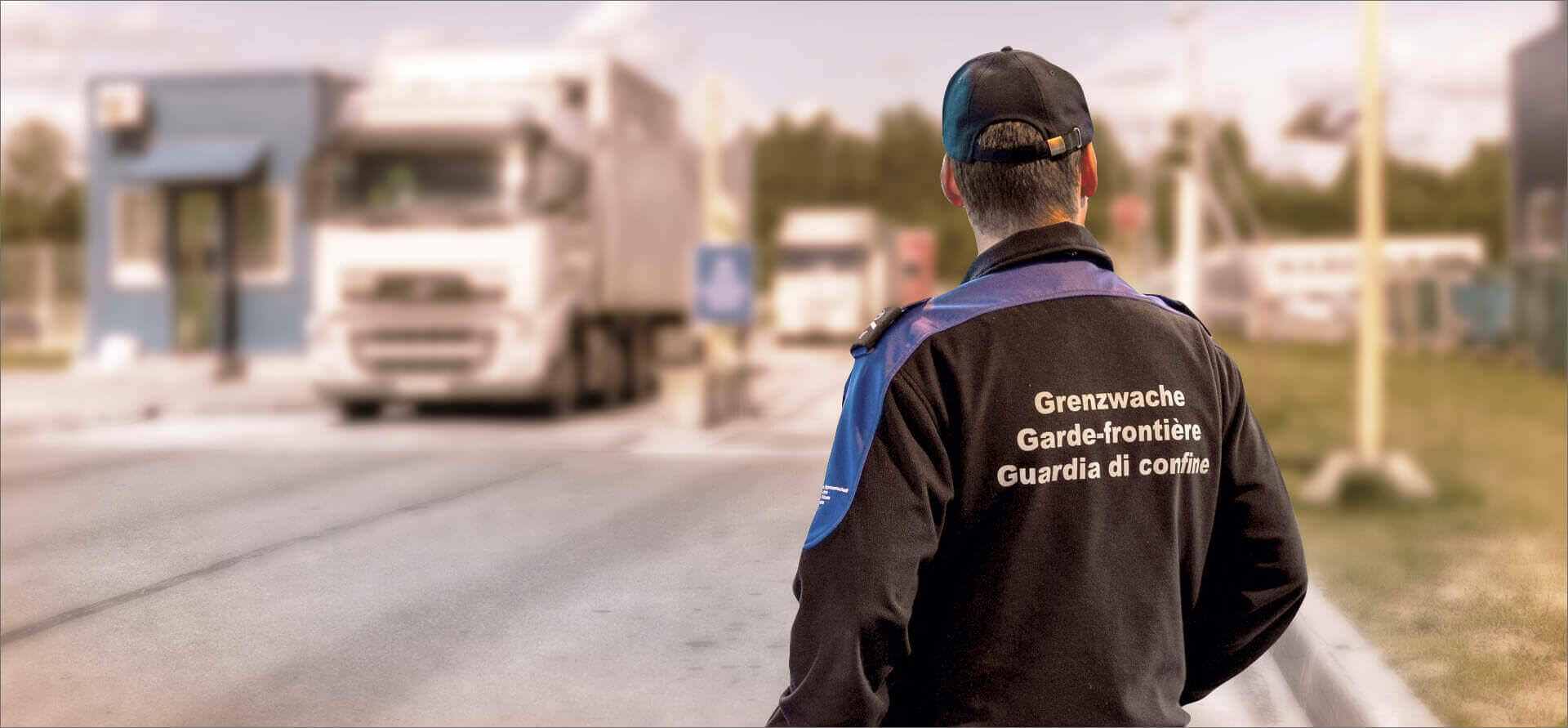The progressive internationalization process in companies has led to increasingly burdensome requirements to standardize the shipment of goods at an international level from the point of view of customs procedures.
The fact that goods can circulate freely among most of countries at a now global level does not, in fact, exclude the need for well-defined procedures to oversee this freedom of circulation.
Thanks to computerized and uniformity processes of customs practices at European level in recent years, various innovations have been introduced in legislation on the matter of international transport of goods.
In particular, following the fall of customs barriers between members of the European Union in 1993 with the introduction of unitary customs fees, the Union has attempted to obtain increasingly efficient instruments for regulating the shipment of goods through faster customs procedures, thanks to the use of technological innovations, however, along with the application of strict controls aiming to impede or at least drastically reduce illicit traffic and the entry of counterfeit goods on EU territory.
The best-known EU project to computerize customs procedures, thus reducing costs and optimizing controls, is called e-customs. In substance, this is an agreement linking the European Commission and the customs authorities of the member states in the progressive establishment of “Paneuropean electronic customs“. The fundamental changes compared with the past makes it necessary to update the legislative procedures for electric documents to have the same value as those issued on paper: to do this, it is of course necessary to also have technical innovation in authentication of customs documents.
In Italy, this European agreement finds its application in theAIDA system.
The National Council of Customs Shippers has provided many clarifications regarding circular No. 22/D of 26 November 2009 (which institutes this system), with which the Customs Agency has formed the basis for introduction of many of the innovations progressively which took effect in subsequent years with the specific goal of making trade legislation increasingly smoother without, however, threatening its safety.
The primary goal of the Customs Agency is to reach, thanks to AIDA (that is, the launch of “computerized customs clearance procedures for importation systems in domiciliation procedures”) integration between the customs and tax systems. This system now manages more than ten million customs practices each year. The system is able to acquire data with the value, quality and quantity of the goods, the countries of origin and destinations that are monitored and also transmitted to an entity such as the National Institute of Statistics or the General State Accounting Office.
The operators who choose computerized customs clearance use digital signatures instead of the classic paper documents and can benefit from an electronic file that holds the documents presented at the time of the customs declaration.
It is to be noted that this domiciliation, which allows performing customs operations directly from the company site, thus eliminating the obligation to present goods to customs, may be required by commercial, agricultural, and industrial companies by which they are engaged as intermediaries in international trade (such as shipment, general warehouses, and international airline delivery). The obvious advantages are the absence of customs reviews, precautionary inspections and samples, with significant reduction of bureaucratic delays, and significant reduction of administration costs and adaptation to customs procedures.

